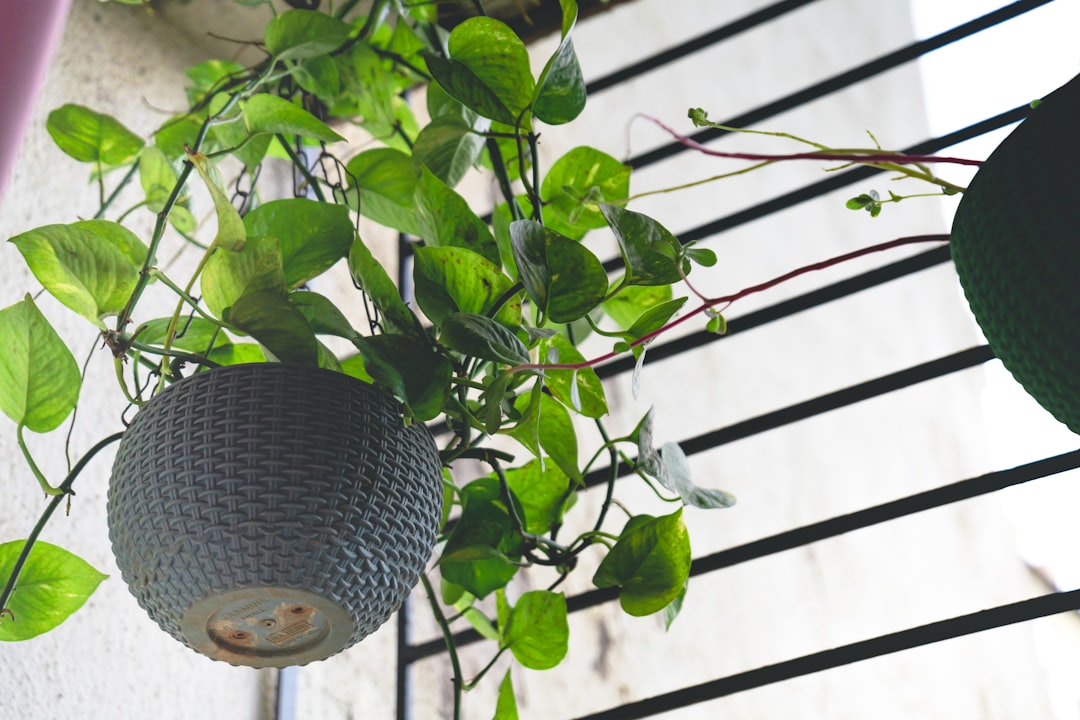Unleashing the Fragrant Magic of Lilacs: The Art of Pruning

When it comes to gardening, few things are as rewarding as seeing your lilac shrubs burst into a riot of fragrant, gorgeous blooms. However, achieving this level of splendor requires more than just planting and watering. Pruning is a crucial aspect of lilac care that can significantly impact the health and beauty of your shrubs. In this guide, we'll explore how and when to prune lilacs to help them thrive.
First, let's understand why pruning is so important for lilacs. Pruning helps to maintain the shape and size of the shrub, promotes air circulation, and encourages the growth of new branches and flowers. It also helps to remove dead, diseased, or damaged wood, which can prevent the spread of pests and diseases. By pruning your lilacs regularly, you can ensure that they remain healthy and vibrant for years to come.
Now, let's talk about when to prune lilacs. The best time to prune lilacs is immediately after they have finished blooming. This is usually in late spring or early summer. Pruning at this time allows the shrub to have enough time to develop new buds for the following year's blooms. If you prune too late in the season, you may remove the buds that would have produced flowers the next year.
When pruning lilacs, it's important to use the right tools. A sharp pair of pruning shears or loppers is essential for making clean cuts. Make sure to sterilize your tools before and after use to prevent the spread of diseases. Start by removing any dead, diseased, or damaged wood. Cut these branches back to the base of the shrub or to a healthy lateral branch. Next, thin out any overcrowded branches to improve air circulation. Remove branches that are crossing or rubbing against each other. Finally, shape the shrub by cutting back any long or straggly branches.
Another important aspect of lilac pruning is to avoid over-pruning. While it's important to remove dead and damaged wood, you don't want to remove too much healthy growth. Lilacs bloom on old wood, so removing too many branches can reduce the number of flowers the following year. As a general rule, don't remove more than one-third of the shrub's total growth in a single pruning session.
In addition to regular pruning, there are a few other things you can do to care for your lilacs. Make sure to plant them in a location that receives full sun and has well-drained soil. Water them regularly, especially during dry spells. Fertilize them once a year in the spring with a balanced fertilizer. Mulch around the base of the shrub to help retain moisture and suppress weeds.
By following these tips on how and when to prune lilacs, you can help your shrubs thrive and enjoy a profusion of fragrant, gorgeous blooms year after year. Remember, pruning is just one part of lilac care, so make sure to provide your shrubs with the proper growing conditions and maintenance. With a little effort and attention, your lilacs will become the envy of the neighborhood.
So, go ahead and grab your pruning shears and get started on giving your lilacs the care they deserve. You'll be rewarded with a beautiful, fragrant garden that will bring joy and relaxation for years to come. Whether you're a seasoned gardener or just starting out, learning how to prune lilacs is a valuable skill that will enhance your gardening experience. So, don't be afraid to get your hands dirty and experiment with different pruning techniques. You might just discover a new passion for lilac gardening!
In conclusion, pruning lilacs is an essential part of their care and maintenance. By pruning at the right time and using the proper techniques, you can help your lilac shrubs thrive and produce an abundance of beautiful blooms. So, take the time to learn how to prune lilacs correctly, and you'll be rewarded with a stunning garden that will make your neighbors green with envy. Happy gardening!